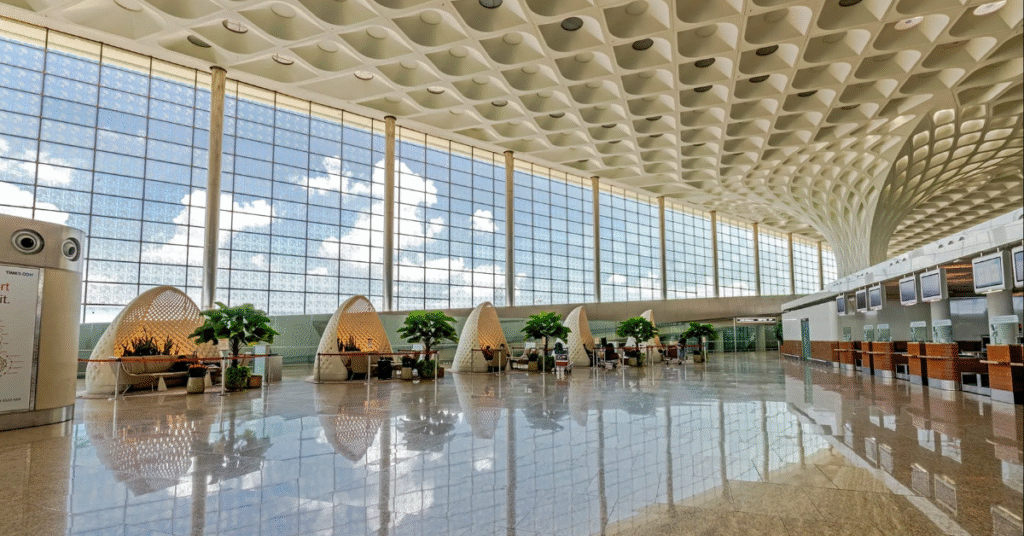In 2025, the Adani Group made it official: it’s moving from operator to builder. With a bold plan to invest ₹96,000 crore over the next five years, Adani is charting its most ambitious expansion yet—turning its airports into gateway ecosystems, not just transit points.
Why Now Matters
Adani currently manages seven major airports, including Mumbai CSMIA, with Navi Mumbai International Airport set to be its eighth in October 2025. With India’s aviation demand skyrocketing, the ₹96,000 crore investment will focus on terminal upgrades, airside infrastructure, and extensive commercial development.
What’s Being Built and Why
- Mumbai CSMIA is undergoing a ₹17,500 crore upgrade aiming to boost capacity to 6.5 crore passengers/year by 2029
- At other airports, nearly ₹30,000 crore will strengthen runways and terminals
- Another ₹30,000 crore will fund cityside infrastructure—hotels, malls, cargo, logistics, and commercial zones
All backed by internal accruals—no immediate equity dilution.
What the Future Holds
The goal: scale from 110 million to 300 million passengers annually by 2040.
Adani plans to list its airport arm by 2027–28, once operational cash flows reach sustainable autonomy.
The Bigger Picture
Adani is redefining airports not as infrastructure—but as urban engines. Up to 75% of profit may come from non-aero revenue, shifting India’s aviation economics toward experience-first models.
India isn’t just flying it’s scaling a new kind of infrastructure economy.
Follow StartupByDoc for more stories where ambition meets execution.


